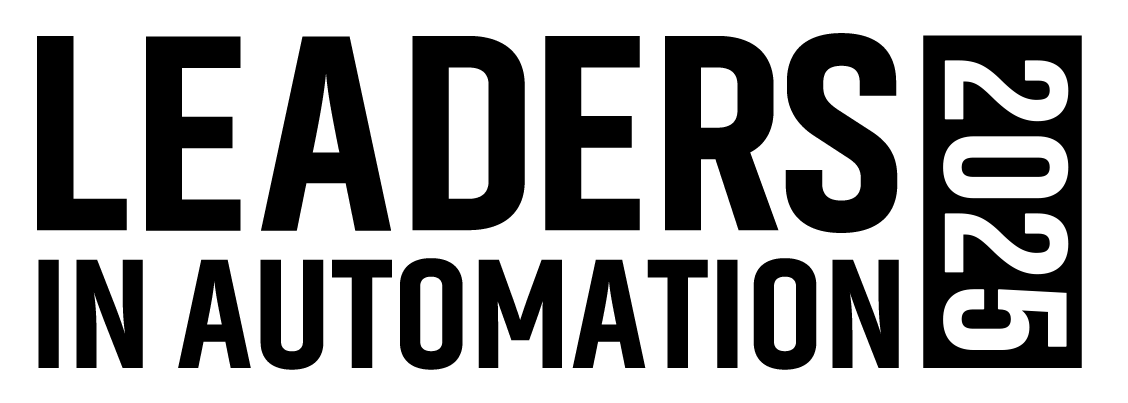Accenture Seeks to Transform Manufacturing Through Software-Defined Facilities Using its Physical AI Orchestrator
Key Highlights
- From virtual safety fences that protect warehouse workers to pharmaceutical simulations that reduce batch variability, manufacturers are already seeing measurable improvements in safety, efficiency and product quality with Physical AI Orchestrator.
- The platform integrates Nvidia's vision AI and robotics simulation capabilities with reality-capture techniques like Gaussian splatting to enable faster deployment of automation — even in existing facilities with legacy equipment.
- Human-in-the-loop frameworks and zero trust security principles ensure that AI-driven operational decisions maintain safety and accountability while delivering autonomous optimization.
Accenture, traditionally recognized as a consulting firm, continues to extend its reach into software development for industry (see more about Accenture’s software development initiatives in the links at the end of this article). The most recent software offering from Accenture is its Physical AI Orchestrator. Developed using Nvidia technologies, such as Omniverse and Metropolis, in combination with Accenture’s AI Refinery, Physical AI Orchestrator is a cloud-based platform designed to help manufacturers transform existing and future factories and warehouses into software-defined facilities.
Prasad Satyavolu, Americas lead of Accenture's Industry X, framed this release as a continuation of Accenture's long-standing strategy: "Taking advantage of technological progress is at the heart of Accenture's business. We have been collaborating with product companies, industrial software vendors and hyperscalers for years, in some instances decades, to develop and deliver solutions that fit our client's needs."
What are software-defined facilities
At the heart of Physical AI Orchestrator lies the concept of software-defined facilities. These are environments where digital twins mirror every aspect of physical operations in real time. These dynamic simulations continuously detect issues, use accurate physics to test potential changes and generate actionable instructions that allow physical plants to adapt on the fly.
As Satyavolu explained, "Physical AI Orchestrator acts as a brain for a physical space." He said this brain can orchestrate everything from conveyors and industrial robots to entire shop floor layouts, creating a responsive manufacturing environment that can adjust to changing demands, quality requirements or scheduling constraints.
Physical AI Orchestrator's AI agents function within a human-in-the-loop framework when executing instructions in the real world, maintaining safety, accountability and contextual judgment.
Three real-world applications
The practical applications of Physical AI Orchestrator are already demonstrating measurable results across multiple industries according to Accenture in its highlight of three current industry applications:
- Belden, a network and data technology supplier, developed a new worker safety technology that creates safety zones around robots without disrupting operations. Using edge AI to detect and model worker, vehicle and robot movements at centimeter-level precision, the system automatically stops or reroutes robots when humans enter designated zones. Trained on various what-if scenarios, including unexpected forklift reversals, this virtual safety fence has already attracted the interest of an automotive manufacturer to enhance worker safety in its warehouse environments.
- A pharmaceutical company is now validating ideal production conditions for biologics and vaccines faster than traditional physical testing would allow with the help of Physical AI Orchestrator. By simulating the entire preservation cycle and drying process, the company can identify exactly when, where and why deviations occur. The company said these insights have reduced batch variability and extended product shelf life.
- A consumer goods manufacturer achieved a 20% throughput improvement and saved 15% in capital expenditure by creating a digital twin of its warehouse operations. The simulation analyzed worker movement, picking rates and conveyor systems to identify bottlenecks and inefficiencies, then recommended specific layout adjustments and resource reallocation.
Beyond traditional digital twins
Companies like Siemens and Dassault Systèmes have offered digital twin and related simulation technologies for years. So, we asked Satyavolu what he considers to be the characteristics that differentiate Physical AI Orchestrator from other digital twin tech on the market.
Manufacturers can create digital twins of existing facilities using reality-capture techniques like Gaussian splatting, which accelerates the deployment of robotic fleets and facility automation.
He emphasized that the platform goes beyond basic discrete event simulations by connecting them to Nvidia's vision AI application platform Metropolis and Nvidia's Isaac Sim, which is designed for developing and testing AI-driven robots in virtual environments. This integration enables several advanced capabilities: real-time collaboration across multiple hardware vendors using universal scene description files, searchable 3D object libraries for generative configuration, and bi-directional connectivity between digital twins and operational data.
Perhaps most significantly, Satyavolu noted that manufacturers can create digital twins of existing facilities using reality-capture techniques like Gaussian splatting, which he said accelerates the deployment of robotic fleets and facility automation.
So, just what are Gaussian splats? According to Niantic Labs, they are a way of representing an image as tiny, elliptical blobs that can be stretched or squished. These blobs can be given a color, change how see-through it is and blend with neighboring splats to form a continuous surface. When a machine-learning algorithm does this for millions of splats per image, they come together to create 3D scenes much more realistic than other forms of 3D imagery.
Physical AI Orchestrator requirements
Software-defined facilities require massive amounts of real-time data from diverse sources such as PLCs, MES, warehouse management systems, IoT sensors and vision systems. Accenture noted that Physical AI Orchestrator addresses the challenge of integrating these diverse data points through multiple approaches. For example, Nvidia's vendor ecosystem provides Omniverse connectors for a range of industry tools, while Accenture has developed proprietary connectors to fill gaps where native integrations don't exist.
Software-defined facilities are environments where digital twins mirror every aspect of physical operations in real time. These dynamic simulations continuously detect issues, use accurate physics to test potential changes and generate actionable instructions that allow physical plants to adapt on the fly.
In brownfield facilities with legacy equipment, the platform uses the synthetic data generation capabilities of Nvidia Cosmos. This addresses the common challenge of limited historical data, allowing manufacturers to train models effectively even when physical data is sparse.
For manufacturers considering Physical AI Orchestrator, the timeline and investment vary based on the project type. In brownfield projects, Satyavolu said measurable throughput improvements typically emerge within four to six months. The required investment depends on factors such as existing infrastructure, software landscape quality and data availability.
While not mandatory for its implementation, certain capabilities can accelerate Physical AI Orchestrator’s adoption. Satyavolu pointed out that manufacturers can benefit from having robust PLM systems, existing 3D models and previously created discrete event simulations.
AI with guardrails
One of the most interesting aspects of Physical AI Orchestrator is its use of AI agents that convert insights into precise instructions for physical plants. To ensure the accuracy of these recommendations before implementation, Accenture has built in safeguards to ensure these agents operate responsibly.
Here, the agents function within a human-in-the-loop framework when executing instructions in the real world, maintaining safety, accountability and contextual judgment.
Built on Accenture's AI Refinery platform, these agents incorporate guardrails and security controls. The platform also adheres to zero trust cybersecurity principles and integrates advanced identity and access management, dynamic credentialing, as well as context-aware authorization. Accenture’s Trusted Agent Huddle adds to the platform’s security by providing secure multi-agent orchestration to ensure that AI-driven decisions in industrial settings maintain the highest security standards.


